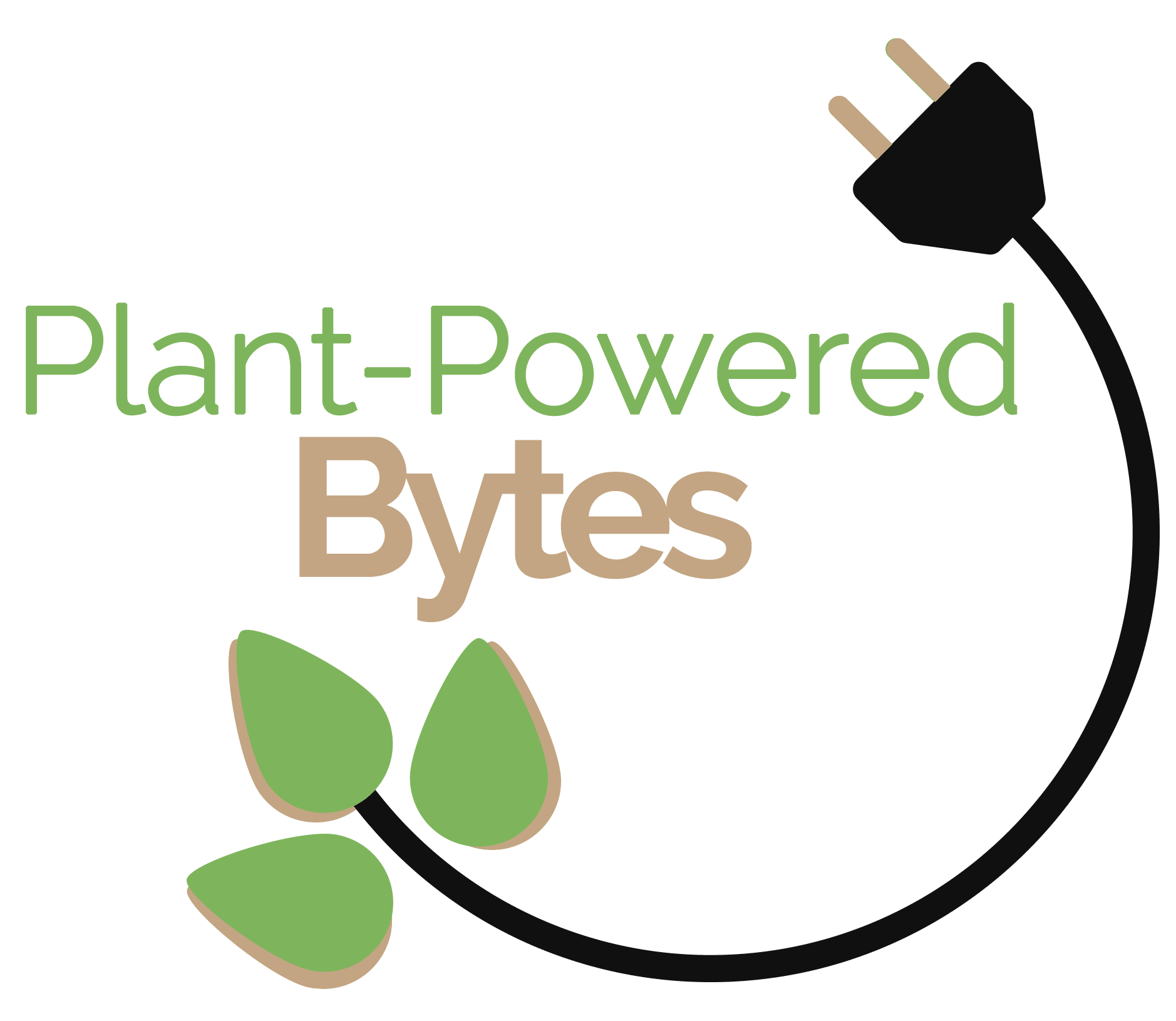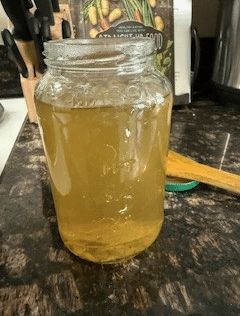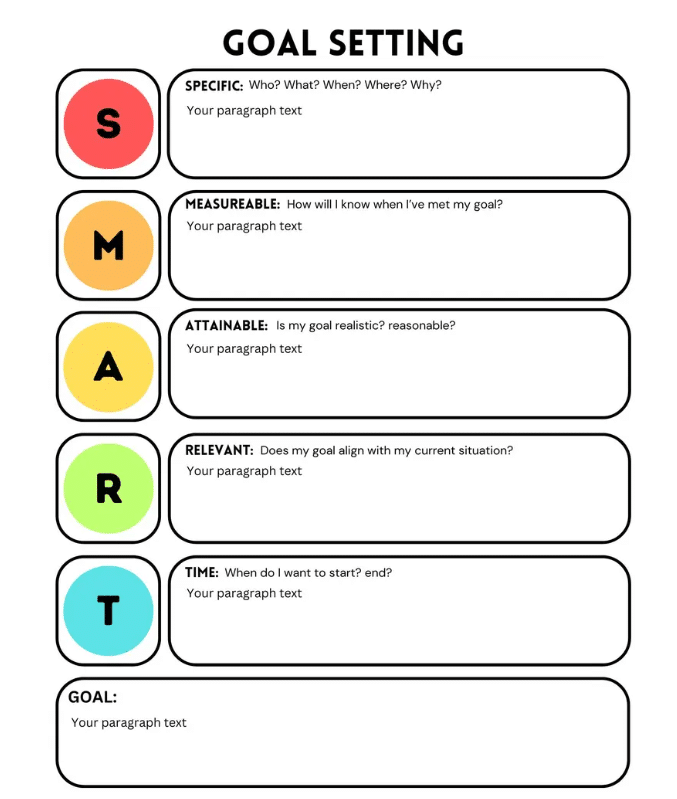There are various types of fasting, such as juice fasting and intermittent fasting. Let’s take a look at the basic types:
1. Time-restricted eating (Intermittent fasting) – consuming only water for 12 to 20 hours every day
2. Alternate day fasting – consuming only water or up to 500 calories every other day
3. Twice weekly fasting – fasting for two consecutive days or for two 24 to 36-hour periods with up to 500 calories per fast
4. Fasting-Mimicking diet – following a diet that mimics fasting for five consecutive days monthly for three months, using a product called ProLon developed by Dr. Longo, a scientist and expert in cellular nutrition and aging
5. Water-only fasting – fasting for up to 40 days (anything over 3 days must be medically supervised) by consuming only water or vegetable broth as needed
To reap the benefits of fasting, one should go without food for at least 16 hours, although this is still debated. Personally, when I’m not water fasting, I only eat lunch and dinner within a six-hour feeding window. This means I fast for 18 hours daily. However, there are exceptions. It’s not a hard and fast rule, and I prefer not to eat too late in the evening.
If a long water fast doesn’t suit you, alternative methods exist. Recent studies have highlighted the benefits of fasting for diabetes, which is important considering almost 12 percent of the US population lives with Type 2 diabetes.





